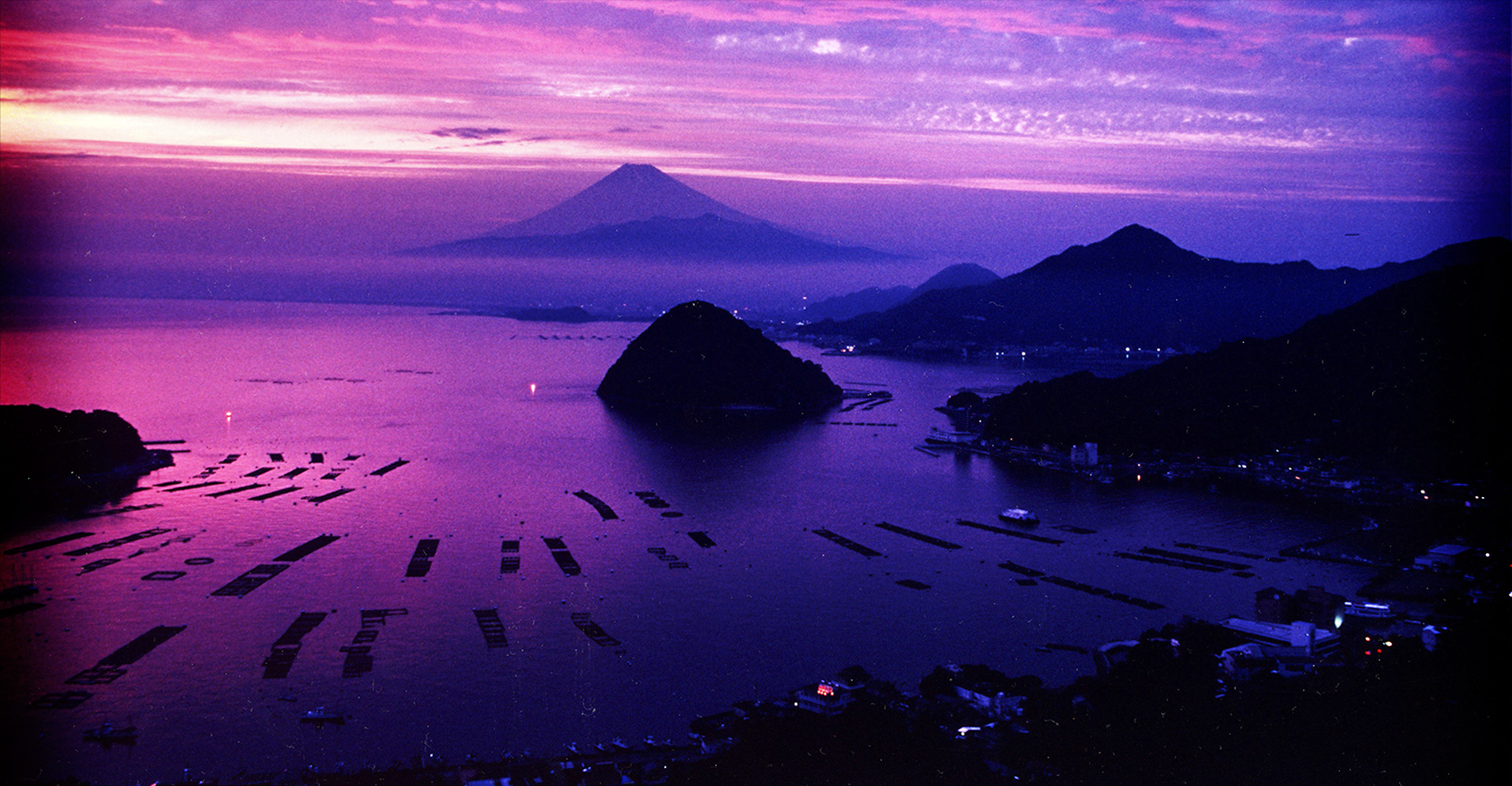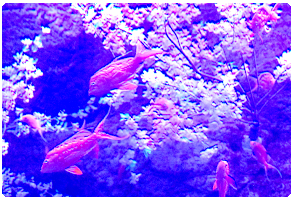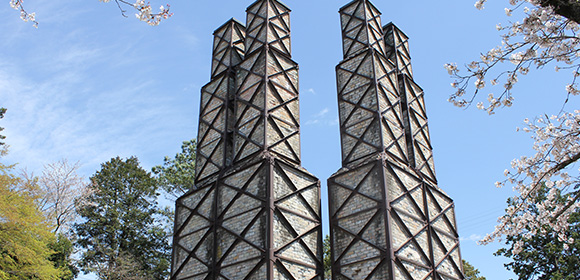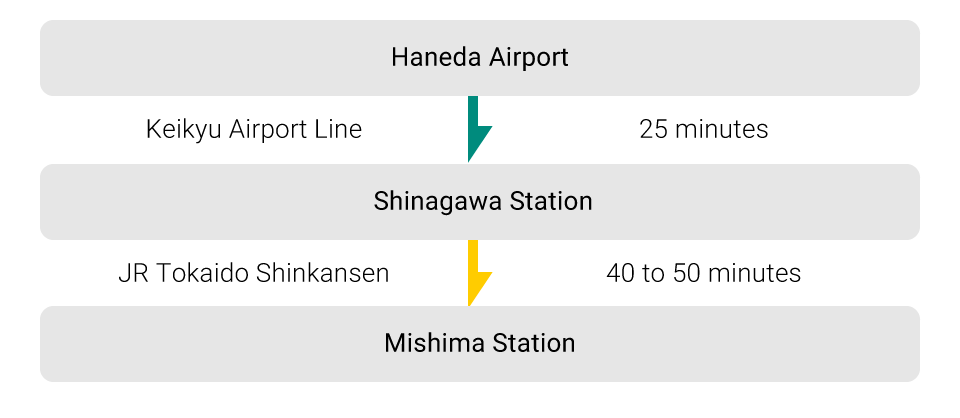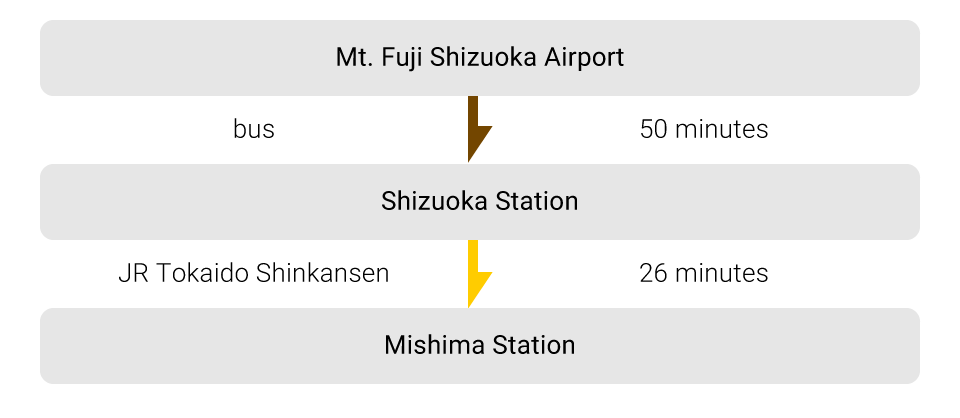Best Places in Mishima,Numazu
Mishima and Numazu are historic towns that flourished as inn towns along the Tokaido Road during the Edo Era and are located at the foot of Mt. Fuji and the base of Izu Peninsula. In Mishima, subsurface waters from Mt. Fuji become clear spring water over the long years and flow babbling through the town. Numazu Port is famous for the fresh fish caught in Japan’s deepest bay, Suruga Bay, and many visitors come to enjoy fish cuisine.
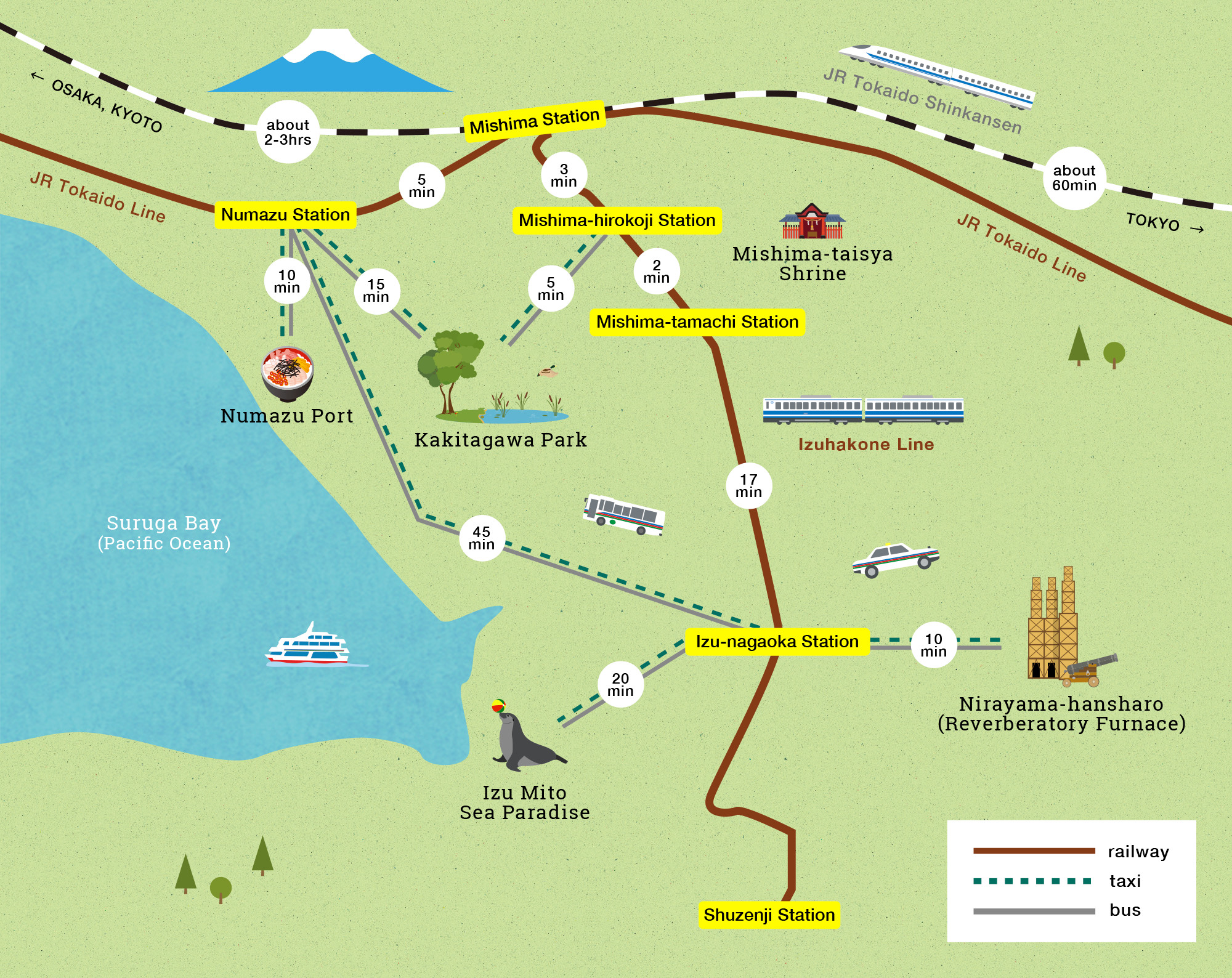
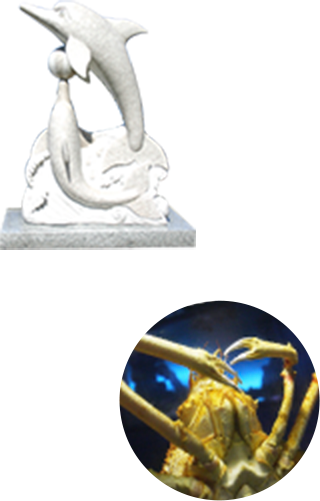
What’s Special About the
Mishima,Numazu Area
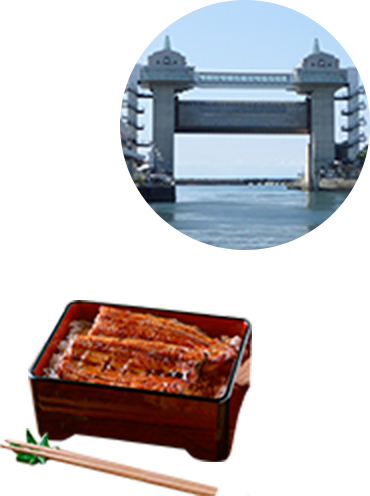
-

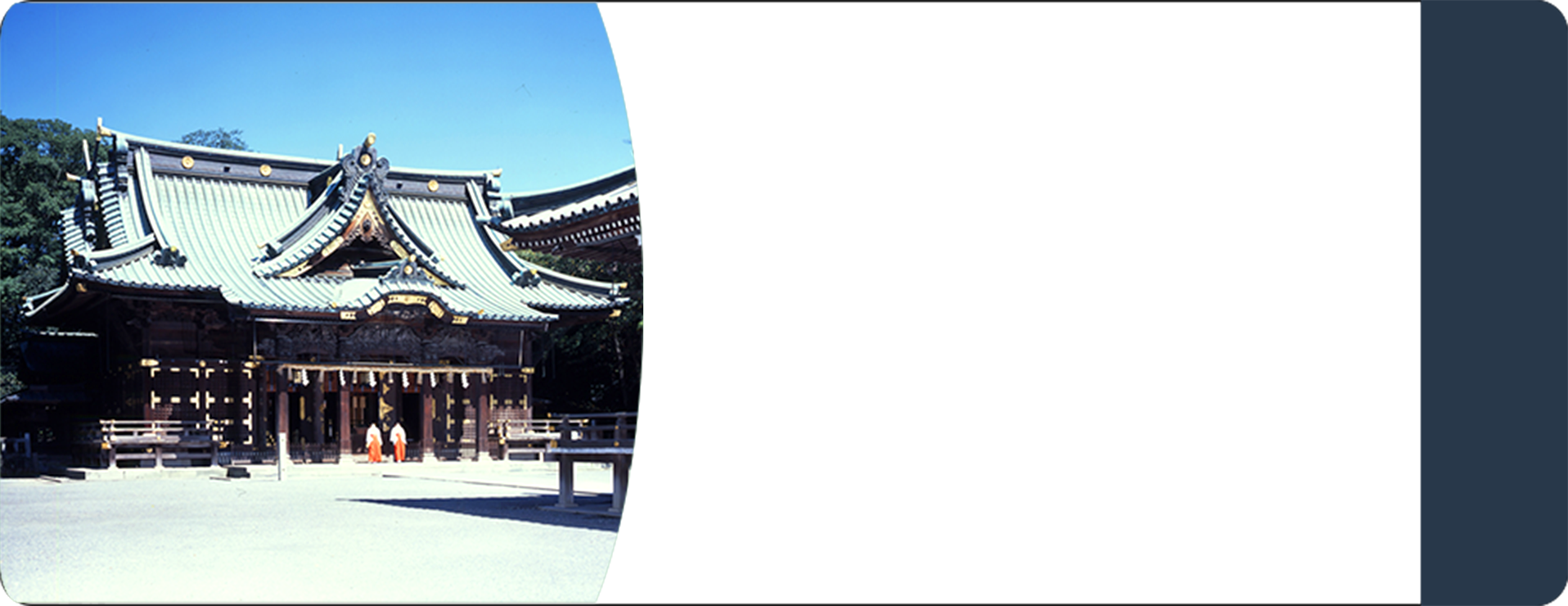
Mishima-taisha
Shrine-
The founding of the Mishima-taisha Shrine is hidden in the mists of time. The earliest historical records of the shrine go back to the 8th Century. Mishima is said to refer to the Izu Islands and its main shrine deity is the pioneering deity of the Izu Islands. In ancient times, it was deeply revered by people fearful of volcanic eruptions in the Izu Islands. In the Middle Ages, it was revered by Minamoto No Yoritomo, who founded the Kamakura Shogunate, and by many other samurai. The main shrine, the hall of worship, and other parts of the complex have been designated as cultural assets of national importance and the gold osmanthus sweet olive tree on the grounds of the shrine, said to be 1200 years old, has been designated as a national natural treasure.
Access
From JR Mishima Station, 5 minutes to Mishima-tamachi Station on the Izuhakone Line, then 5-minute walk
-
-


Kakitagawa
Park-
The Class A Kakitagawa River, rare even for Japan for the amount of spring water that is its source, has 700,000 to 1 million tons of spring water per day, the largest such volume in the East. Even though the Kakitagawa River is the shortest Class A river in Japan, at an extremely short 1.2 km long, it is one of the three largest clear streams in Japan. The source of this spring water is snow melt from Mt. Fuji. When it bubbles back out to the surface after long years underground, it has an extraordinarily high clarity. Kakitagawa Park is right at the side of a high-volume national road and is a site where the colors of nature remain strong. It has an observatory and walking paths and is a sightseeing spot off the beaten path.
-
-


Nirayama Hansharo
Reverberatory
Furnace-
Japan had been closed off to the outside world for over 2 centuries when the black ships of U.S. Commodore Mathew Perry arrived in 1853. Threatened by the outside world, Japan rushed to improve its defenses and built a furnace for casting cannons. The Nirayama Hansharo(Reverberatory Furnace) is the only useable reverberatory furnace in Japan. In addition to being a nationally designated historic site and modernization industrial heritage site, in 2015 it was officially registered as a world heritage site. The four old brick towers are not only practical, but also exude artistic architectural beauty.
From JR Mishima Station, 25 minutes to Izu-nagaoka Station on the Izuhakone Line, then 10 minutes by bus or taxi
Please check the schedule beforehand. The buses do not run every day.
-
-


Izu Mito
Sea Paradise-
Izu Mito Sea Paradise is an aquarium with a long history for Japan. It opened its door in 1930 as the Nakanoshima Aquarium. In its days as the Nakanoshima Aquarium, it was the first in the world to raise whale sharks and left behind valuable results for the world. The facilities were built taking advantage of a natural inlet. In addition to exhibiting the rich variety of fish in Suruga Bay, the deepest in Japan, Izu Mito Sea Paradise is also renowned for performances by dolphins and other marine animals. This compactly designed aquarium offers many attractions where you can get close with living beings of the sea and is popular with families. When the weather is clear, you can look out from the aquarium and across the sea to Mt. Fuji.
From JR Mishima Station, 25 minutes to Izu-nagaoka Station on the Izuhakone Line, then 15 to 20 minutes by taxi or bus
-
-


Specialty of the
Mishima,
Numazu area-
The foods this area is famous for are seafoods, for example Mishima eel (unagi) and Numazu Port sushi. Thanks to subsurface water from Mt. Fuji, Mishima eel is well-toned and free of excess fat, a masterpiece to astonish even gourmands. There are a number famous eel restaurants in the vicinity of Mishima Station and Mishima-hirokoji Station. On the other hand, Numazu Port is a fishing port facing Suruga Bay, Japan’s deepest bay. It is lined with many sushi shops and seafood restaurants and bustles everyday with local customers and tourists alike. To reach Numazu Port, take the JR Tokaido Line, 5 minutes from JR Mishima Station to JR Numazu Station, then 10 minutes by bus or taxi. Also, because this area is blessed with tasty water and fish and shellfish, there are also many high-level ramen noodle shops for you to enjoy.
-
Access to Mishima,Numazu
▶From the JR Tokyo Station
▶From the JR Kyoto or Osaka Station
▶From Haneda Airport
▶From Mt. Fuji Shizuoka Airport
*You can use the Japan Rail Pass only for JR trains.



